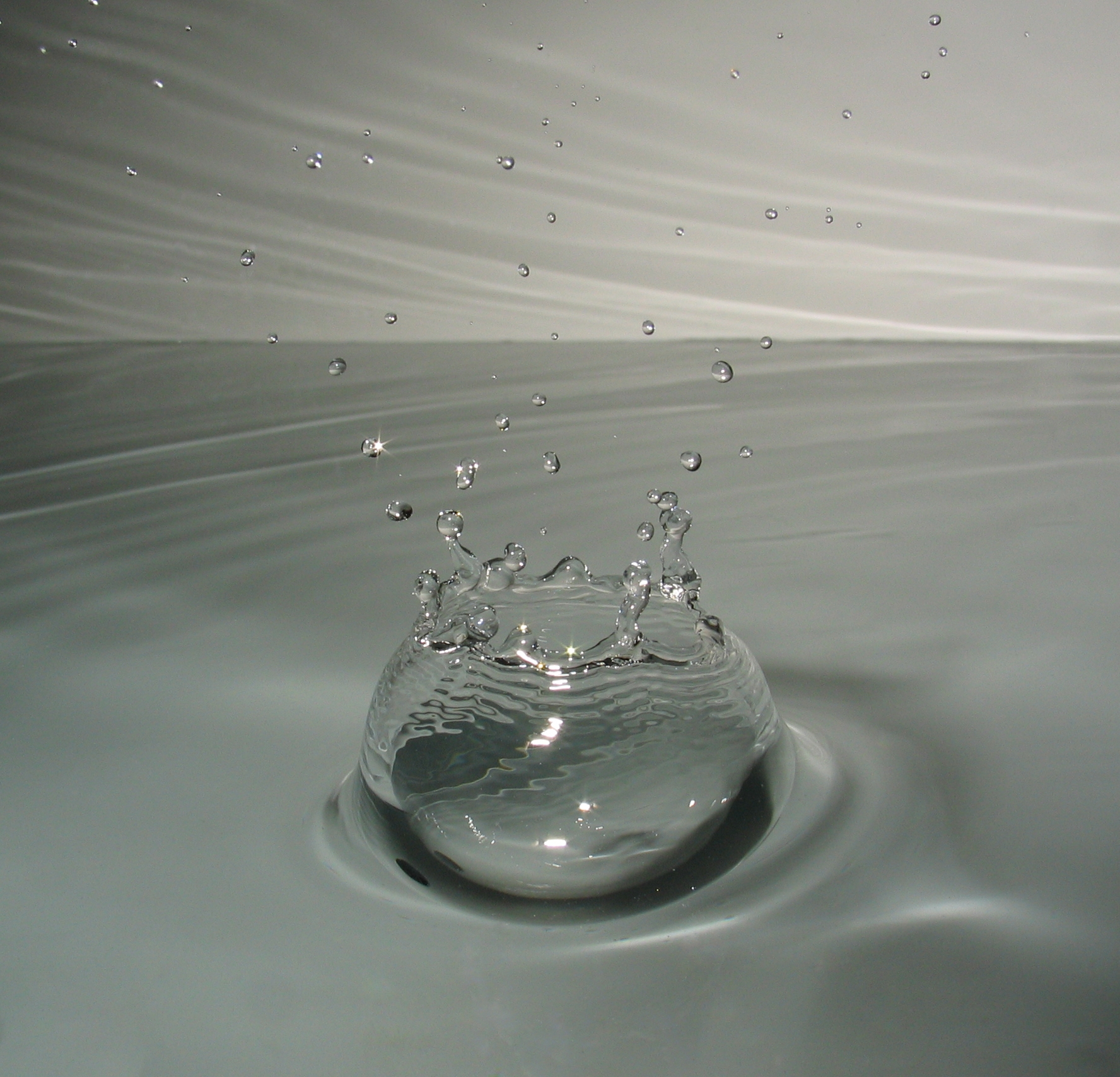Minnaert Resonance on:
[Wikipedia]
[Google]
[Amazon]
 The Minnaert resonance is a phenomenon associated with a gas bubble pulsating at its
The Minnaert resonance is a phenomenon associated with a gas bubble pulsating at its
Low-Frequency Resonant Scattering of Bubble Clouds
by Paul A. Hwang and William J. Teague, 2000, Journal of Atmospheric and Oceanic Technology, vol. 17, no. 6, pp. 847–853. journals.ametsoc.org Sound Bubbles (physics)
 The Minnaert resonance is a phenomenon associated with a gas bubble pulsating at its
The Minnaert resonance is a phenomenon associated with a gas bubble pulsating at its natural frequency
Natural frequency, measured in terms of '' eigenfrequency'', is the rate at which an oscillatory system tends to oscillate in the absence of disturbance. A foundational example pertains to simple harmonic oscillators, such as an idealized spring ...
in a liquid, neglecting the effects of surface tension
Surface tension is the tendency of liquid surfaces at rest to shrink into the minimum surface area possible. Surface tension (physics), tension is what allows objects with a higher density than water such as razor blades and insects (e.g. Ge ...
and viscous
Viscosity is a measure of a fluid's rate-dependent resistance to a change in shape or to movement of its neighboring portions relative to one another. For liquids, it corresponds to the informal concept of ''thickness''; for example, syrup h ...
attenuation
In physics, attenuation (in some contexts, extinction) is the gradual loss of flux intensity through a Transmission medium, medium. For instance, dark glasses attenuate sunlight, lead attenuates X-rays, and water and air attenuate both light and ...
. It is the frequency of the sound made by a drop of water from a tap falling in water underneath, trapping a bubble of air as it falls. The natural frequency of the entrapped air bubble in the water is given by
:
where is the radius of the bubble, is the polytropic
A polytropic process is a thermodynamic process that obeys the relation:
p V^ = C
where ''p'' is the pressure, ''V'' is volume, ''n'' is the polytropic index, and ''C'' is a constant. The polytropic process equation describes expansion and com ...
coefficient, is the ambient pressure
The ambient pressure on an object is the pressure of the surrounding medium, such as a gas or liquid, in contact with the object.
Atmosphere
Within the atmosphere, the ambient pressure decreases as elevation increases. By measuring ambient atmosp ...
, and is the density of water. This formula can also be used to find the natural frequency of a bubble cloud with as the radius of the cloud and the difference between the density of water and the bulk density of the cloud. For a single bubble in water at standard pressure , this equation reduces to
,
where is the natural frequency of the bubble. The Minnaert formula assumes an ideal gas. However, it can be modified to account for deviations from real gas behavior by accounting for the gas compressibility factor
In thermodynamics, the compressibility factor (Z), also known as the compression factor or the gas deviation factor, describes the deviation of a real gas from ideal gas behaviour. It is simply defined as the ratio of the molar volume of a gas ...
, or the gas bulk modulus
The bulk modulus (K or B or k) of a substance is a measure of the resistance of a substance to bulk compression. It is defined as the ratio of the infinitesimal pressure increase to the resulting ''relative'' decrease of the volume.
Other mo ...
:
and being respectively the density and the speed of sound in the bubble.
References
External links
Low-Frequency Resonant Scattering of Bubble Clouds
by Paul A. Hwang and William J. Teague, 2000, Journal of Atmospheric and Oceanic Technology, vol. 17, no. 6, pp. 847–853. journals.ametsoc.org Sound Bubbles (physics)